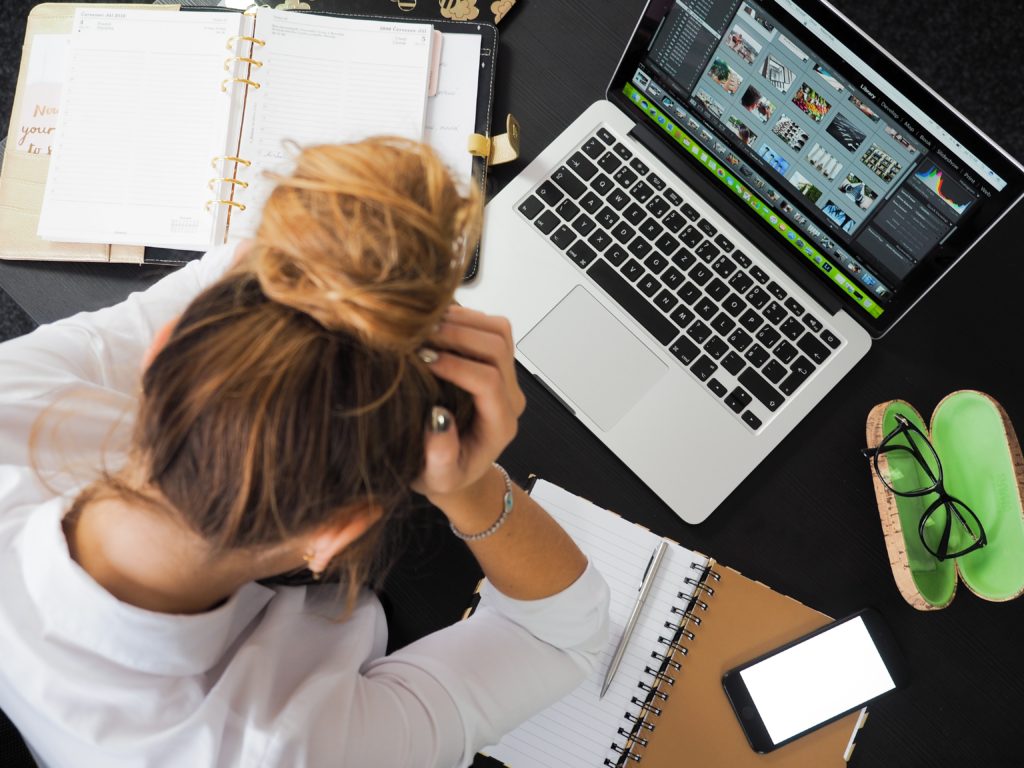When starting to do creative freelance work, its a good idea to have an understanding of the different phases in the process. Then you can structure your projects much more efficiently and be able to communicate much more clearly with your clients.
Not knowing these steps can lead to burn out, misunderstandings with clients, and a lack of time for doing creative interesting things.
Setting expectations, planning schedules, knowing what’s within budget are really necessary skills to have when doing freelance work and producing for yourself.
Phase 1 – The Exploratory Phase

Project Setup and Organization
Project setup and organization is when files are received, the project is created and things are organized.
This phase in creative freelance work is a good time to make sure that all the files and preparation from the client are working and correct.
If things are missing or if there is a potential issue, communicate with the client right away.
Exploratory Presentation
Now that you have everything in order, it’s time to come up with some
Sometimes clients will send inspiration and ideas that you can use to start the creative process. You can also offer a lot to a client by mocking up your own quick ideas.
Based on what you know about the project and your client, the exploratory phase is your time to shine and be creative.
If you’re struggling to come up with ideas for video editing, check out the article below for some ideas to get started: https://www.thepostprocess.com/2019/02/01/5-tips-to-add-dynamic-movement-to-your-edits/
Feedback and Revisions
Once you do present your ideas to your client, it might require some back and forth to decide on direction. This is totally normal.
The more comfortable your client is when deciding a direction, the better the rest of the process will go.
Once you agree on a direction, you’ll move into the next phase.
Phase 2 – The Development Phase

Executing Direction
So you’ve agreed on a creative direction with your client. Now you have to figure out how to execute that direction.
Depending on your experience level, executing can be a fairly straightforward part of the process. You know how to create and follow through on the creative ideas you presented to the client in Phase 1.
If you’re just starting out or working with very specific, difficult direction, it might take you more time to formulate a plan and execute the work.
All of this is fine as long as you keep communicating with your client while you create the first major presentation.
The First Presentation
When you present your creative freelance work to the client for the first time, you’ll need to present it in a way that is clear. You should address the direction you agreed on and what amazing thing you brought to the material.
The first presentation with your client is really your opportunity to shine as a creative artist. It’s like a first impression or a first date. The more you can bring to it, the better it will go.
After the first presentation, you and your client will hopefully be on the same page. If you missed the mark with what you presented, you might have to go back and do a few more rounds of revisions to get it right.
Some good resources to use for uploading your video work to clients are:
or
https://vimeo.com/professionals
Once you do get it right and the client is happy with overall direction, you’ll move into the next phase. The major structure of the project should be done at this point.
Phase 3 – The Finishing Phase

Tweaking
During the finishing phase you should have the main pieces in place. The bulk of the work should be done at this point.
You might need to change around a word or two, adjust timings on a few shots, tweak an animation a little bit. You should not have to re-invent the wheel.
If you do find yourself having to go back and redo large swaths of your creative freelance work, you’ll need to set a good boundary with your client based on the initial agreement and the direction.
Approval and Delivery
Once you’ve made all the requested tweaks, your client will approve the work. Then it’s time for delivery.
You’ll prepare the files, render out edits and upload files to your client.
Congratulations, you’ve finished your project! Everyone is happy and pleased and it’s all done.
Let me know in the comments below your experiences with freelance client work!

Leave a Reply